Scientists are Perplexed by the Recent Discovery on the Moon’s Surface
Since the beginning of time, the Earth’s natural satellite has always captivated the human mind. The moon’s presence at night, how it reflects light, and its shape, mass, and size are all fascinating.
Even with all that is known about the moon, more discoveries are being made thanks to scientific explorations.
Planetary Bodies: The South Pole-Aitken Basin
Scientists have uncovered a hidden element of the moon, and this feature happens to be gigantic and extremely heavy. There is a part of the moon called the South Pole-Aitken Basin.
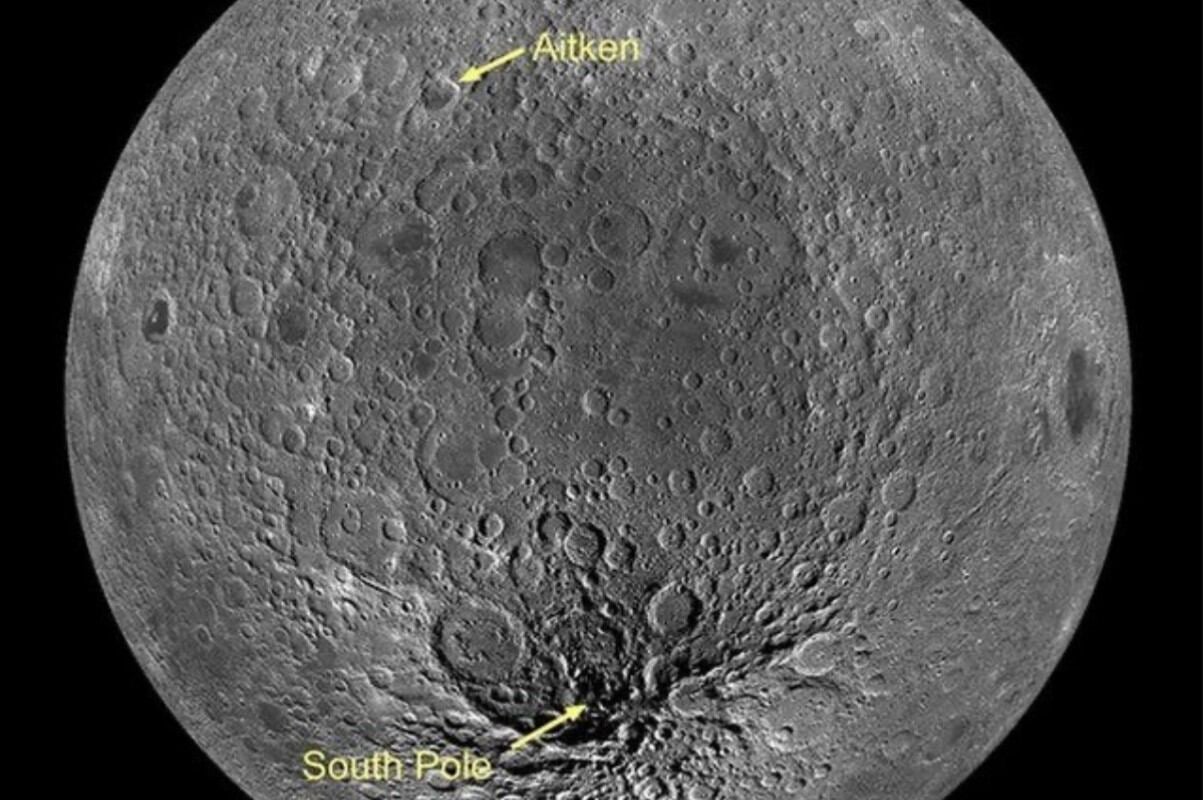
Source: Space.com/ Pinterest
This basin is one of the biggest untouched craters in the solar system. An enormous object was discovered buried deep beneath the South Pole-Aitken Basin.
Lunar Discoveries
This massive structure weighs a minimum of 4.8 billion pounds. It is 1,243 miles long and over 186 miles deep. The US-based scientists that discovered the structure asserted that the abnormal structure was possibly made out of metal.

Source: RandyMuir/ Pinterest
The metal was likely made out of oxides from the crystallization of a magma ocean. Another theory is that the metal is probably from the core of asteroids.
The Three Formation Theories
Scientists don’t have to think too deeply anymore to find out the causes of craters. Craters, which are always formed from impacts on the moon’s surface, come about in three different ways.
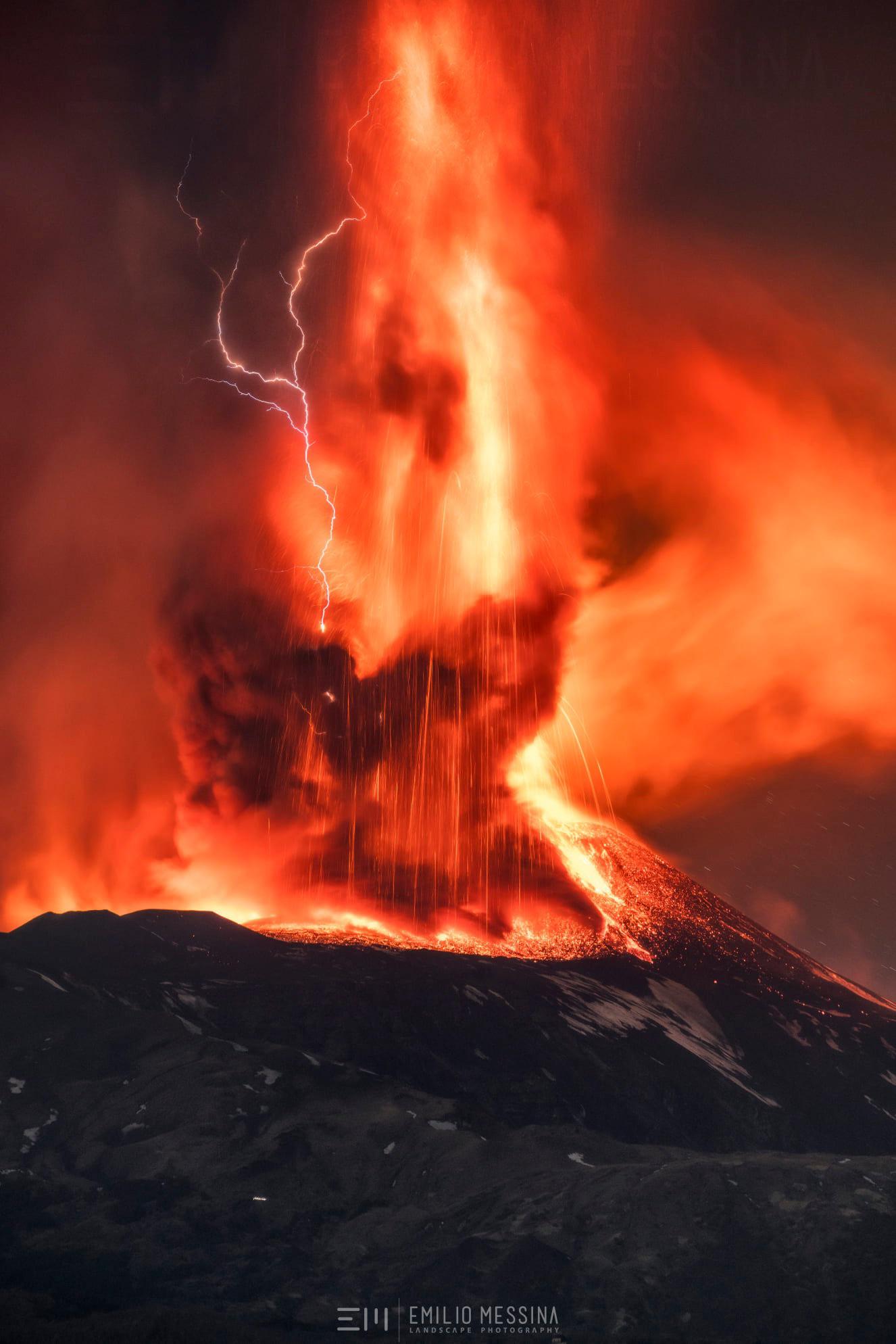
Source: Mesho-ksa1/Reddit
Some are formed from the impacts of volcanic eruptions on the moon’s surface. Others are formed from the impacts of asteroids. Lastly, they could be formed by certain movements on the moon’s surface.
The Magma Ocean Connection
For convincing reasons, scientists have suspected a link between the SPA and the Lunar Magma Ocean (LMO). The LMO is a layer of liquid that is believed to have previously formed the surface of the earth.
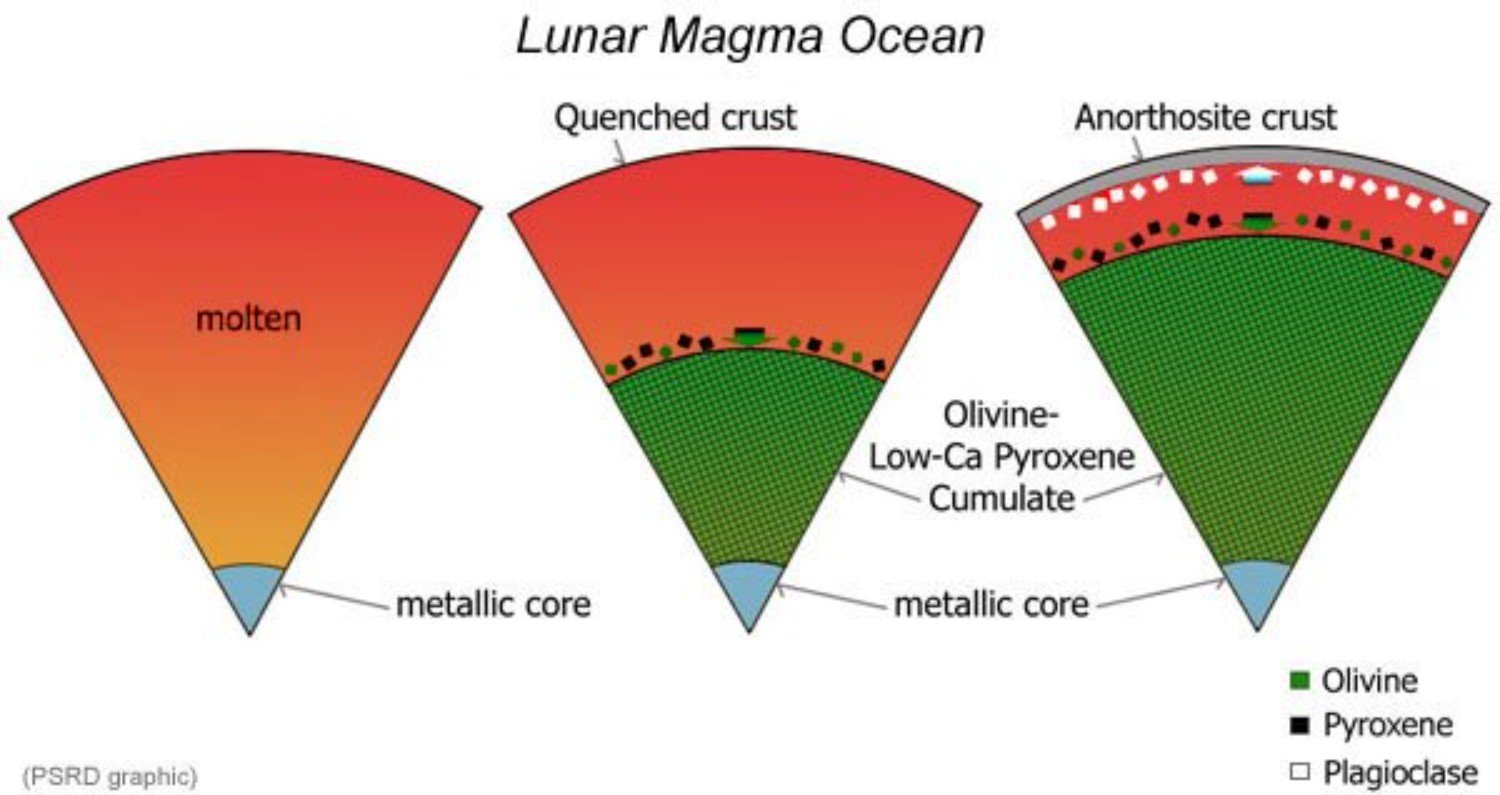
Source: TheEarthStory/Twitter
This liquid was made of molten rock material or magma. This layer of liquid rocks began to slowly solidify over the years. Some scientists believe that this solidification could have produced the SPA mass. The next question is “How?”
A Giant Ball of Concentrated Rock Material
When other elements, mostly metal, combine with oxygen, they form compounds called oxides. Some scientists believe that oxides may have formed while the LMO slowly solidified.
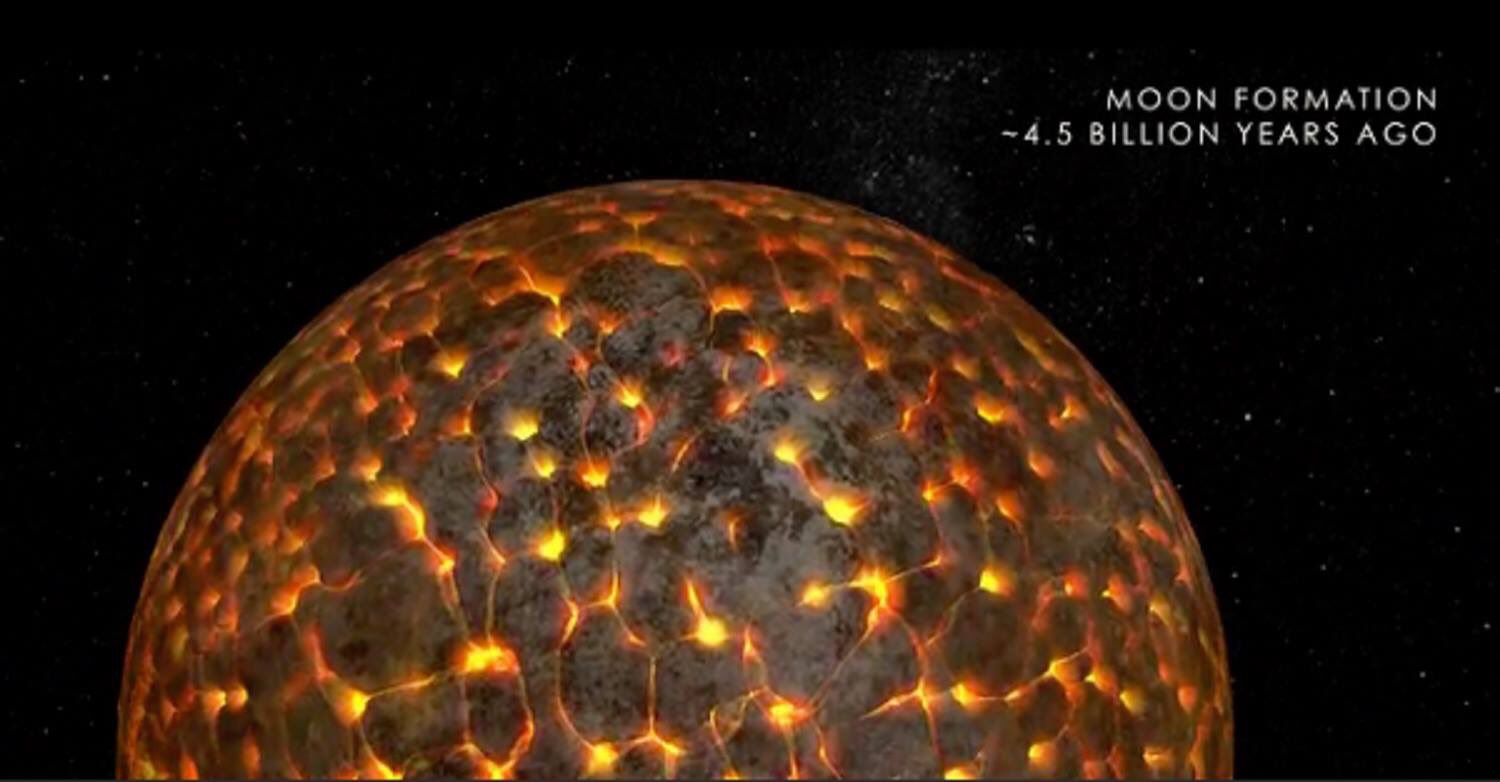
Source: AvatarDomy/Twitter
Not just that. They believe that during this process, the oxides converged into a heavy concentration. The result was this gigantic mass of metal that ended up just beneath the moon’s surface.
Cosmic Wonders
Peter B. James, an author from Houston’s Baylor University, gave an elaboration on the structure embedded in the moon. He said the metal from the asteroid formed this crater is still deep inside the moon’s mantle.
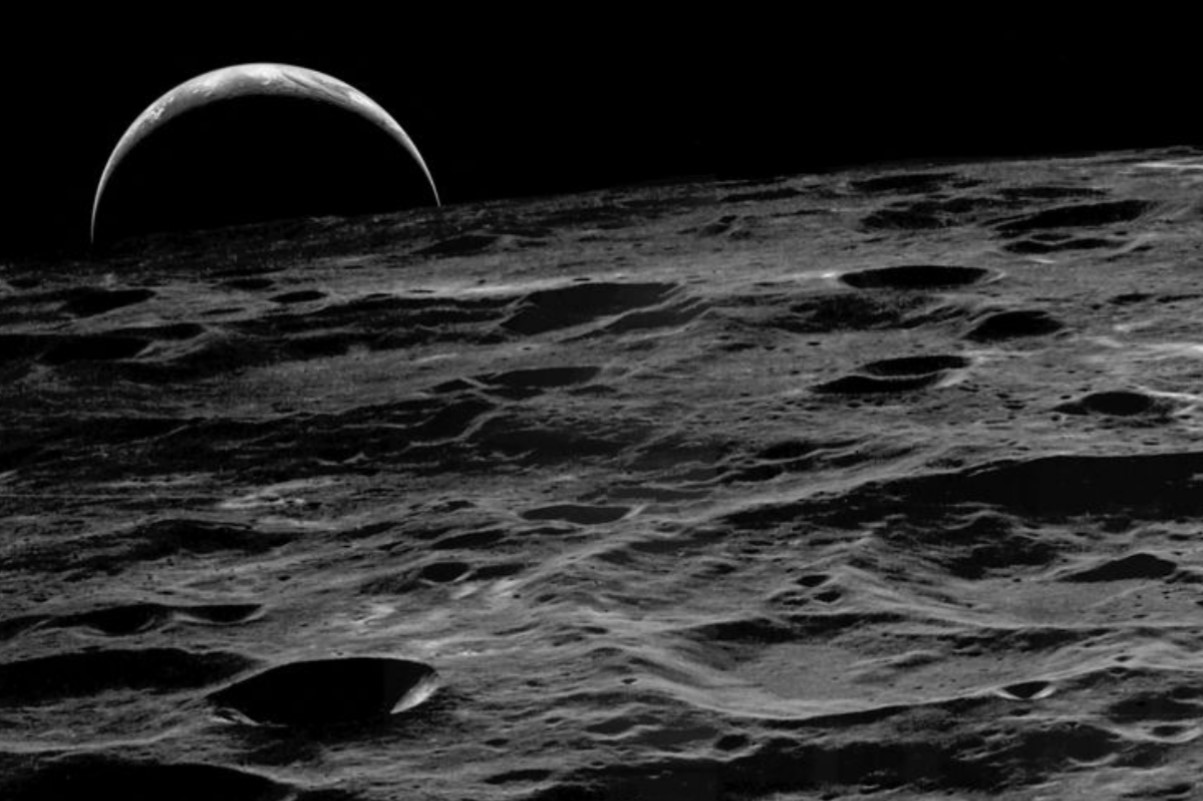
Source: NASA/ Pinterest
“Imagine a big pile of metal, five times the size of the Big Island of Hawaii, buried underground. That is approximately how large the unexpected structure we detected was,” Peter James explained.
Mapping the Moon: NASA’s GRAIL
NASA’s Gravity Recovery and Interior Laboratory (GRAIL) science mission, which calculates changes in the moon’s gravitational field, made the astonishing discovery. The information this science mission collects can be used to study the inner composition of the celestial body. This particular South Pole-Aitken Basin has been a hotbed for many investigations because of its uniqueness.
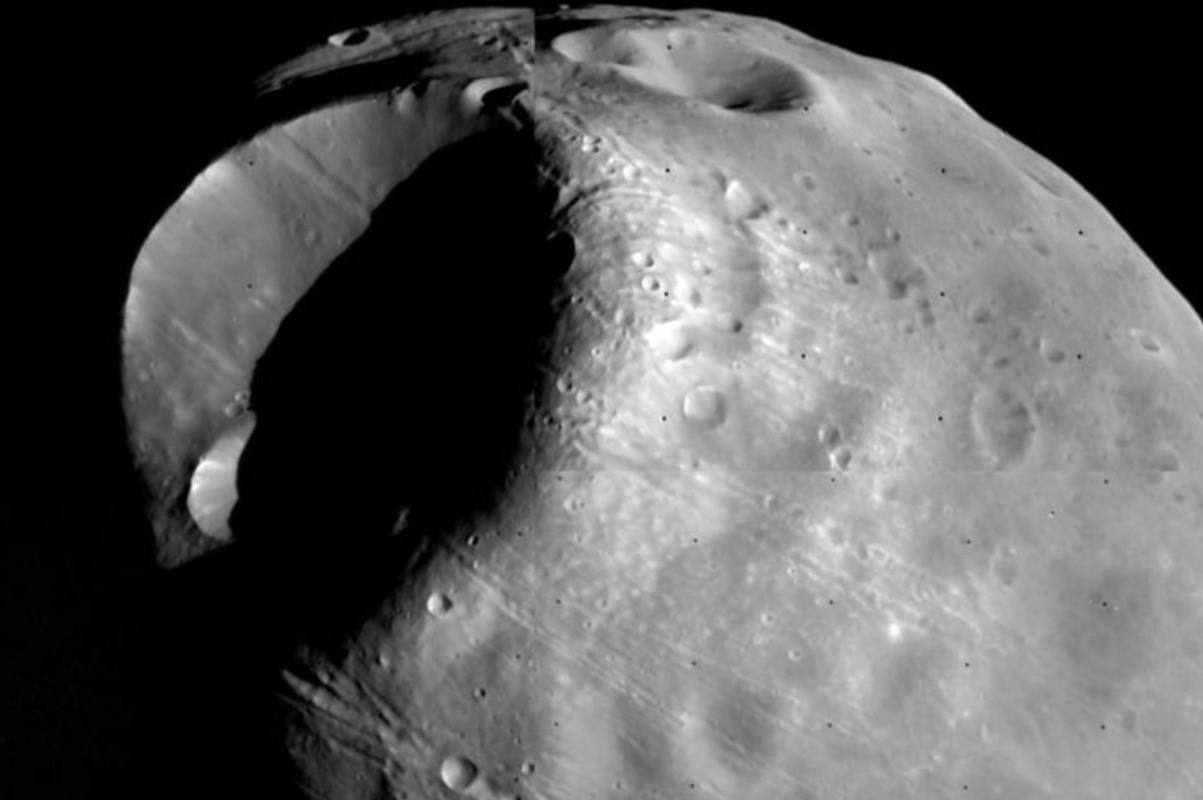
Source: RobertFrechette/ Pinterest
The region provides clues on the history of the moon. It also offers information on the internal structure and arrangement of the Earth’s closest satellite.
The Biggest Lunar Laboratory
The SPA discovery is a pretty exciting one for scientists who have been eager to unravel the mystery behind the moon. The tide-controlling natural satellite had been covered in so much mystery for many years.

Source: Wikipedia
The bigger the crater, the more information we can get from it concerning the moon. Due to its scientific potential, experts have described this crater as a massive laboratory and a big win for astronomy.
There Are Thousands of Lunar Craters
The SPA isn’t the only crater on the moon. Although none is nearly as big as the SPA, there are thousands of other imprints on the moon’s surface.

Source: DubnHG1/Twitter
According to a report by the International Astronomical Union, a nongovernmental organization dedicated to studying space, there are over nine thousand crates discovered on the moon. Of this number, the ages of more than 1600 craters have been found.
The South Pole Aitken Isn't Visible From the Earth
Given its massive size, one could be tempted to think that the SPA could be visible from the Earth. The answer is yes. But for a reason, it isn’t.
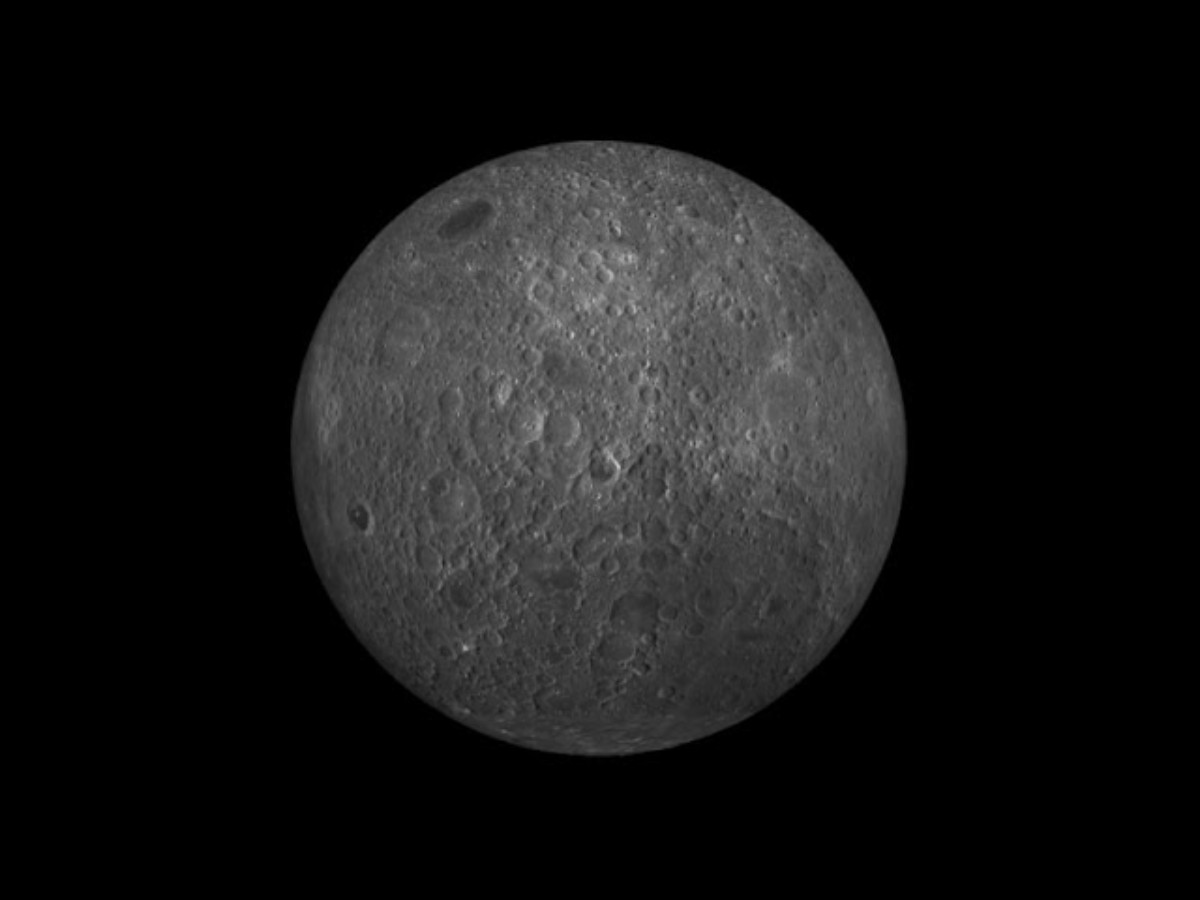
Source: LPIUSRA/YouTube
The oval-shaped South Pole Aitken basin sits at an obscure location on the moon. This location is called the moon’s far side. The far side of the moon is the part of it that is always faced away from the Earth. For this reason, we are unable to spot the SPA from the earth.
A Chinese Spacecraft Was the First to Land on the Far Side of the Moon
In 2018, the Chinese announced that they would attempt a landing on the moon’s far side. It would be the first-ever landing on that part of the moon. True to their word, a Chinese spacecraft touched down on the “uncharted territory” months later.
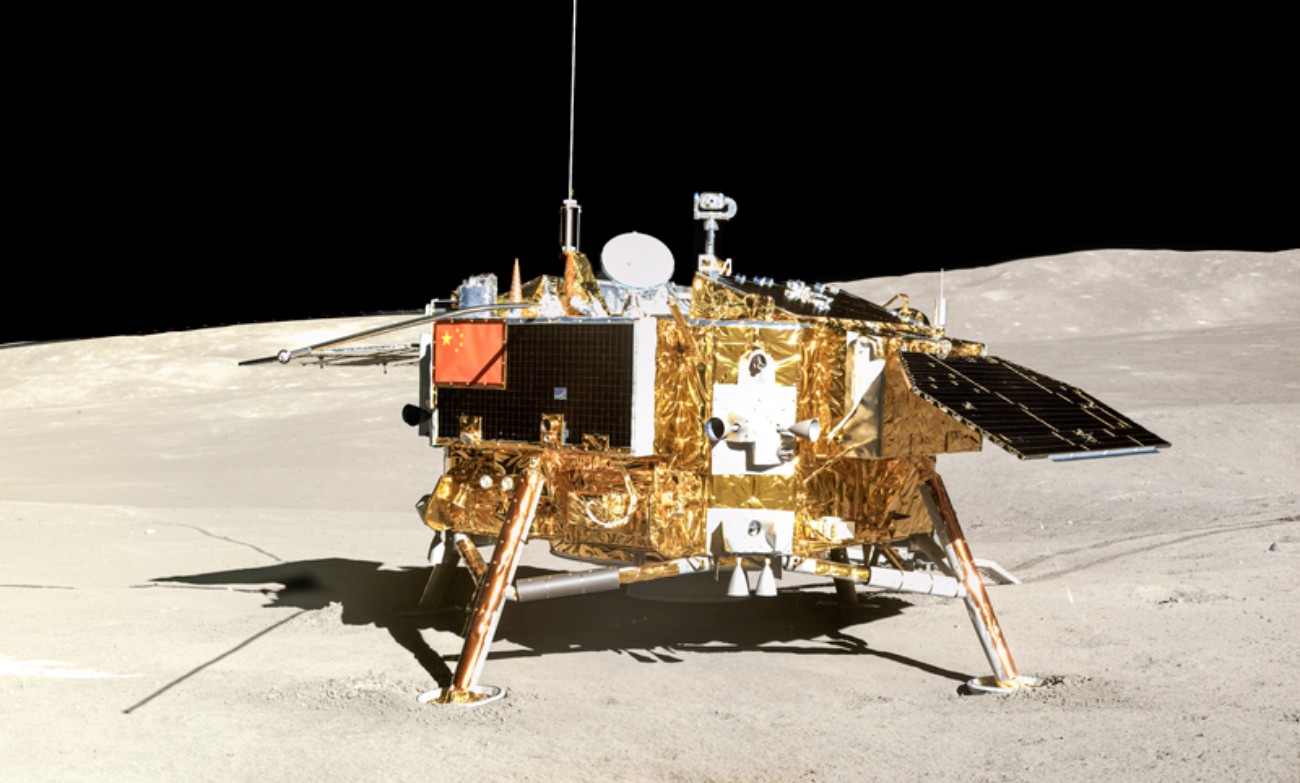
Source: Wikipedia
The Spacecraft, called the Robotic Chang’e 4 landed on the South Pole Aitken on January 3rd, 2019. It had spent weeks maneuvering through the lunar orbit.
The Chang'4 SPA Exploration Was Hailed as a Huge Success
The Chang’4 exploration has been hailed as a huge success. The Chinese National Space Administration made this declaration after confirming the departure of the spacecraft from space.
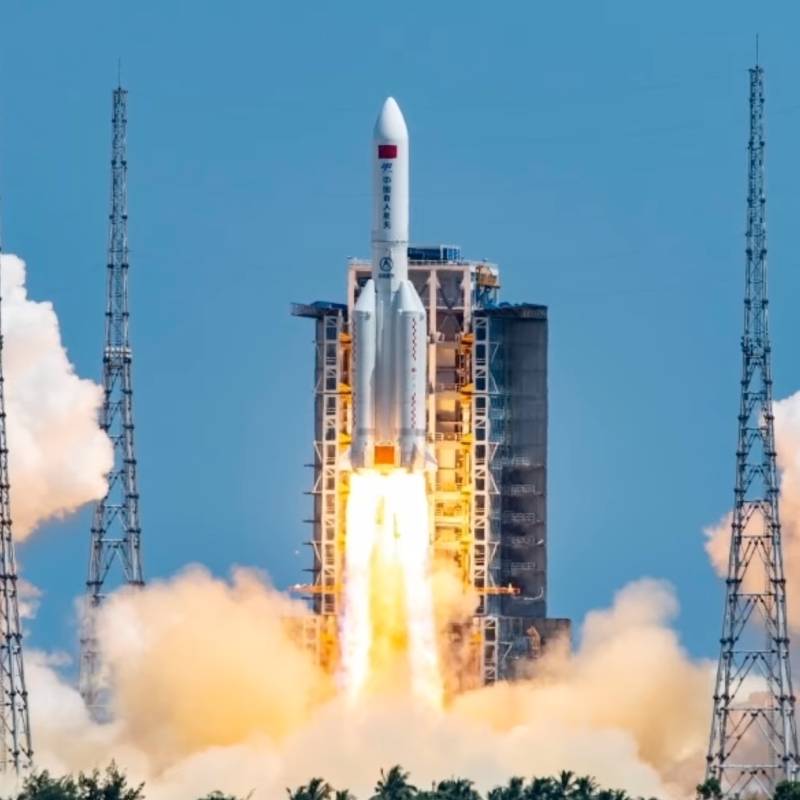
Source: Wikipedia
The Chang’4 spacecraft landed on a sub-crater within the South Pole Aitken called Von Karman. The mission held lots of hope for unraveling the mystery of the most prominent crater on the moon. As expected, the Chang’e 4 crew came back with substantial information about the SPA.
Chang'e 4 Revealed the Intensity of the SPA Impact
The Chinese Academy of Sciences, Beijing has disclosed findings from the Chang’e 4 exploration. Scientists involved in the mission examined samples of the moon’s material. They found particles from the moon’s crust.

Source: Encyclopedia Britannica
This discovery gave an idea of a highly intense impact. This impact was strong enough to penetrate beyond the outer layer of the moon. The metallic mass was able to break into a layer of the moon called the mantle.
Just How Old is the Moon's Oldest Impact Basin?
Scientists continue to work tirelessly to extract information from the South Pole-Aitken Basin (SPA). One of such is the time of occurrence. Its status as the oldest lunar impact basin is backed by more widely held beliefs. But how old is it?

Source: Wikipedia
From available information obtained from samples of the moon’s material, a majority of the moon’s major basins came about some 3.9 billion years ago or thereabouts.
Lots of Asteroids Were Flying Around About This Time, But Why?
3.9 billion years ago coincides with the beginning of life on Earth. This is the time after massive debris from the solar system accumulated to form the various planets.
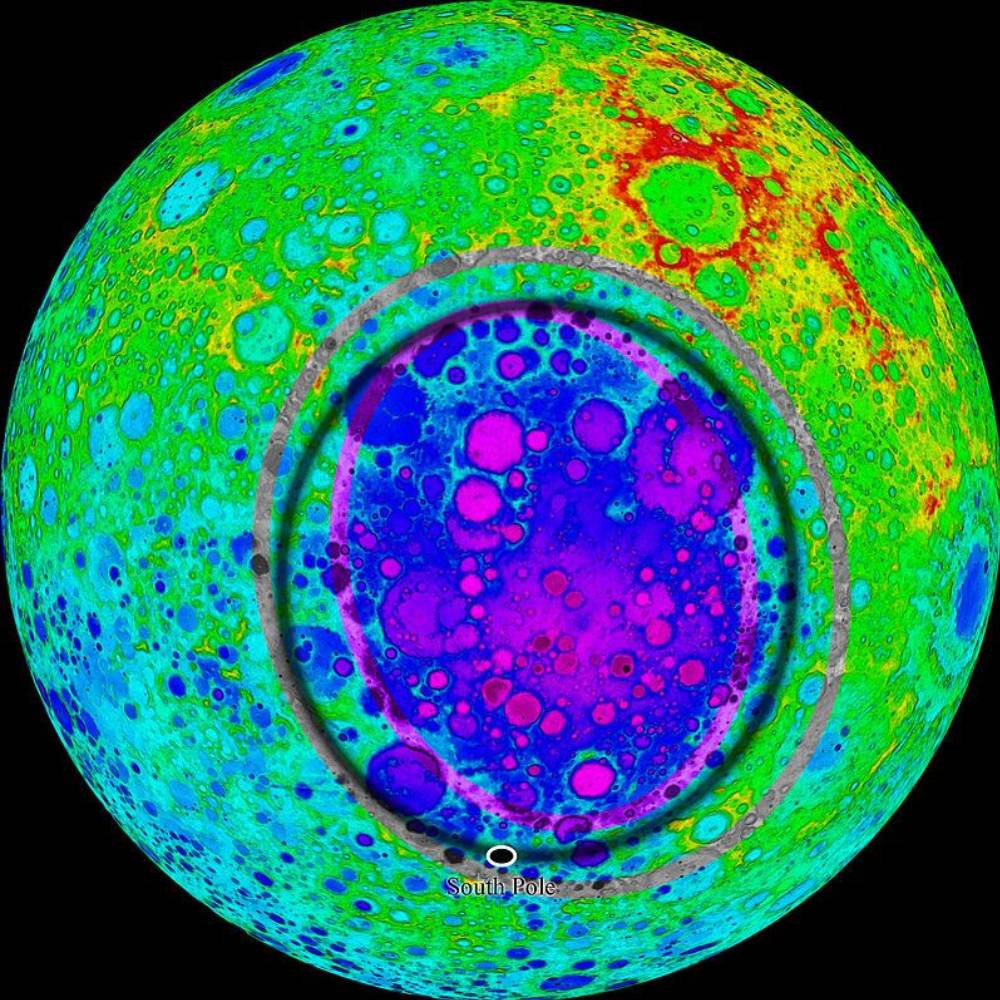
Source: Wikipedia
So if this crater, as well as most others, was formed around this same period which scientists call the late heavy bombardment, then it suggests that there was a major disturbance in space at the time. Scientists are pointing to a major gravitational-related incident in the solar system.
Could These Impacts Have Affected Planet Earth?
There is an interesting amount of curiosity around the impacts of these late heavy bombardments on the planet Earth. If the SPA asteroid, one of the many impacts that supposedly occurred during this period was this big, then, there’s a good chance that several of their kind landed on and had similar effects on planet Earth.
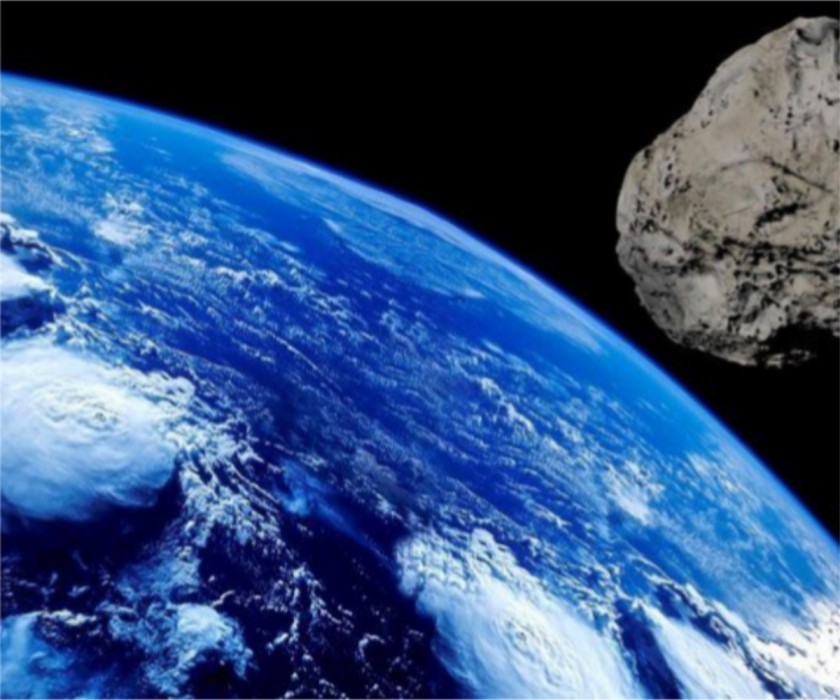
Source: Terror_Alarm/Twitter
Not just Earth alone. With the magnitude of activity around the same period, every terrestrial planet could have been hit and their form altered. If not so, then at the very least, “rubble” from the impact on the moon could have flown into the earth.
There is also a Chance That the SPA Occurred Earlier Than 3.9 Billion Years Ago
Scientists aren’t ruling out the possibility that the SPA happened before 3.9 billion years ago. If this is the case, then it means that the peak of these planetary bombardments was way earlier than 3.9 billion years.
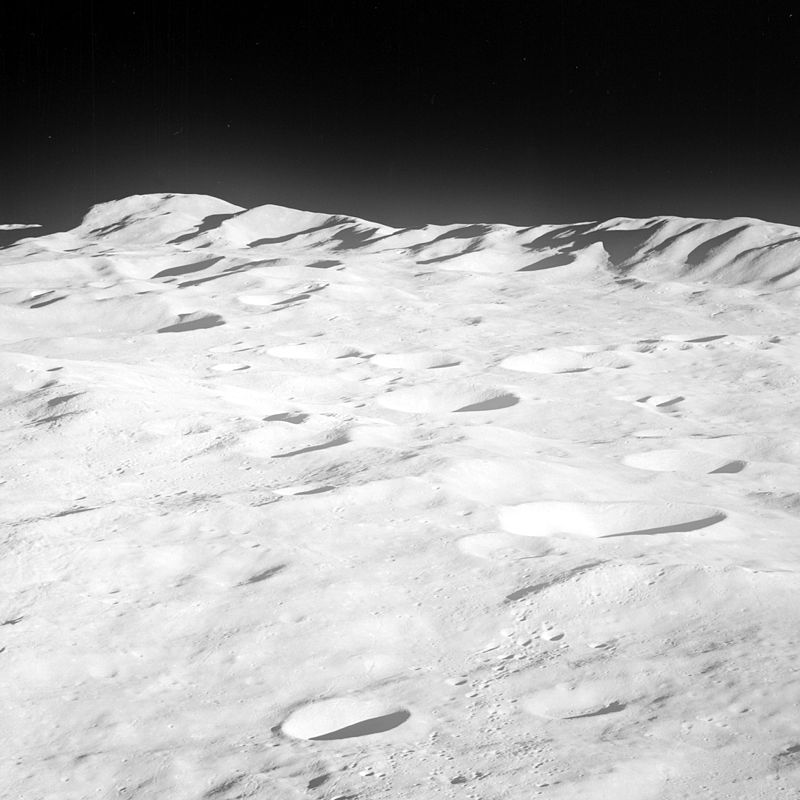
Source: Wikipedia
This also means that the number of planetary impacts during the 3.9 billion-year mark were fallouts of larger ones that happened way earlier. Scientists have a hard time finding the exact period of the SPA crater as multiple impacts on the same spot alter the results of age-dating tests.
A Certain Region of the SPA Crater Offers Some Hope
The success of scientific discovery around this crater will greatly depend on finding out its age. Regardless of the alterations in radiometric clocks caused by multiple craters in a single location, there seems to be a newfound hope for finding out the crater’s birth date.

Source: Wikipedia
Experts believe that a portion of the crater can provide accurate age information. The deepest portion of the basin will contain the highest concentration of melted moon soil and will be most unaffected by any subsequent craters. But until its age is determined, 3.9 billion years ago remains the safest assumption.
There Are More Discoveries to Come
The last hasn’t been heard about man’s quest for lunar knowledge. On their part, Chinese scientists continue to examine samples of the SPA crater rocks. According to French Astrophysicist, Patrick Pinet, “It is of the utmost importance to make progress towards unpacking the geology of the lunar far side.”
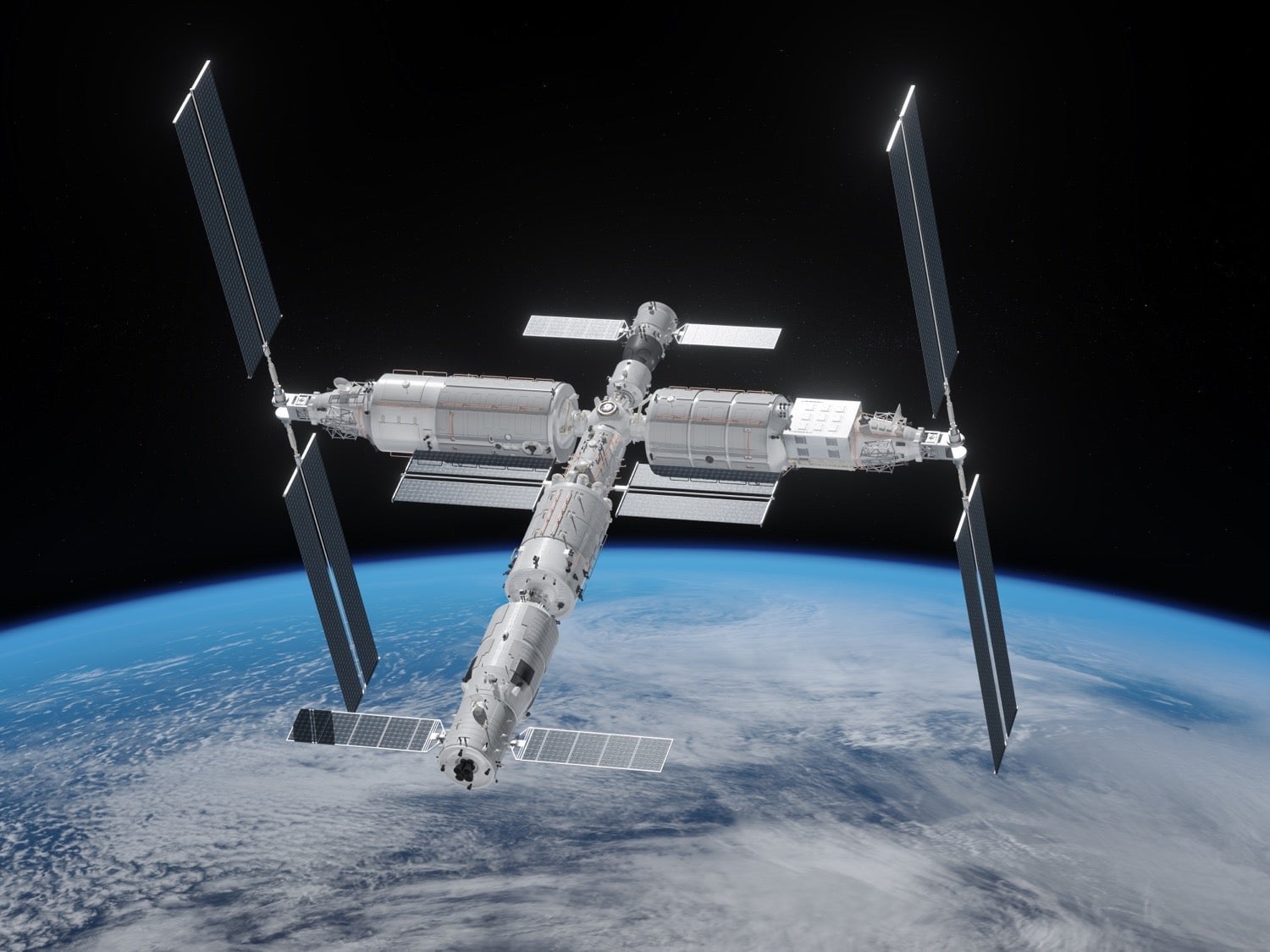
Source: Impossible_Cookie596/Reddit
The voyage of discovery won’t be stopping anytime soon. As more truths about the SPA are unveiled, curiosity increases. Thankfully, more explorations from various national space programs are in the works.
